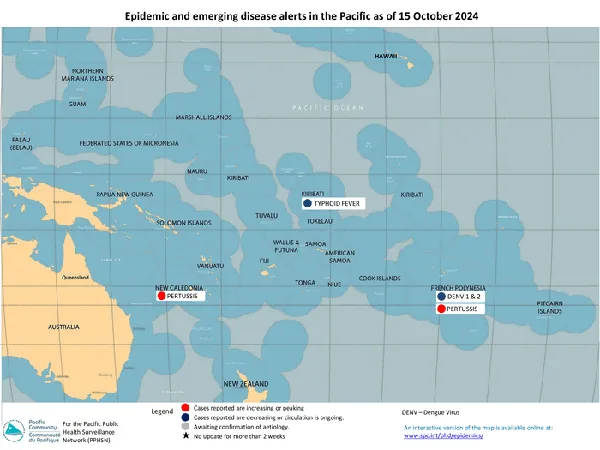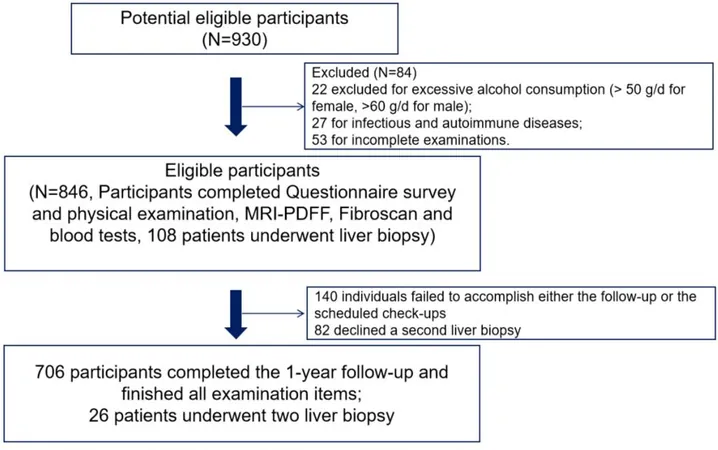
Unlocking Fearful Memories: Breakthrough Mouse Study Sheds Light on Social Anxiety and PTSD
2024-10-15
Author: Sarah
Introduction
How do we determine whether a situation poses a threat or if it's simply safe? This critical question impacts not only our everyday decision-making but also affects many individuals suffering from disorders rooted in fear, such as social anxiety and post-traumatic stress disorder (PTSD). A recent study from Columbia University's Zuckerman Institute, led by Dr. Steven A. Siegelbaum, reveals groundbreaking insights into how specific brain regions are involved in memory processing related to social interactions.
The Role of the Hippocampus
Researchers focused their attention on the hippocampus, a brain area fundamental to memory formation in both humans and mice. Within the hippocampus, they examined the CA2 and CA1 regions, significant for social memory and spatial memory respectively. Their study, published in the prestigious journal Nature Neuroscience, uncovered the intricate mechanisms that help us link threatening experiences with specific individuals or locations.
Key Findings
The findings suggest that the CA2 region is not only responsible for recognizing individuals but also for discernment—determining whether someone is a potential friend or foe. "For all social species, including mice and humans, forming memories that help avoid harmful encounters is essential for survival," stated Pegah Kassraian, Ph.D., the lead author of the study. The implications are particularly relevant to understanding the underlying causes of social anxiety and PTSD.
Experimental Design
To dig deeper, the research team devised a clever experiment where mice were placed in a situation to meet unfamiliar conspecifics while one encounter came with a mild foot shock—akin to a static electricity discharge. The results were compelling: mice quickly learned to avoid both the individuals and locations connected with the shocking experience, exhibiting a memory that lingers for at least 24 hours.
Genetic Modifications
By genetically modifying the mice to inactivate either the CA1 or CA2 regions, the researchers made significant discoveries. Silencing the CA1 region erased the mice's memories of where the shocks occurred, yet they retained knowledge of which stranger represented the threat. Conversely, inhibiting the CA2 region allowed them to remember the location of the shocking incident, but they reacted fearfully to both unfamiliar mice indiscriminately.
Implications for Mental Health
This fascinating insight reveals that the CA2 region plays a key role in distinguishing between threatening or safe past encounters. Additionally, previous studies link CA2 abnormalities with disorders such as schizophrenia and autism, hinting that a deeper investigation into this area could lead to new therapies for social anxiety and PTSD.
Conclusion
Dr. Siegelbaum noted, "Symptoms of social withdrawal might stem from a failure to accurately identify threats from non-threats. Targeting the CA2 region could pave the way for novel diagnostic and treatment strategies for social phobias." As this research continues to evolve, it could profoundly influence how we approach mental health, particularly in understanding and combating the complexities of social anxieties and associated disorders. Stay tuned, as these discoveries might unlock new pathways to a safer and more connected way of living!





 Brasil (PT)
Brasil (PT)
 Canada (EN)
Canada (EN)
 Chile (ES)
Chile (ES)
 España (ES)
España (ES)
 France (FR)
France (FR)
 Hong Kong (EN)
Hong Kong (EN)
 Italia (IT)
Italia (IT)
 日本 (JA)
日本 (JA)
 Magyarország (HU)
Magyarország (HU)
 Norge (NO)
Norge (NO)
 Polska (PL)
Polska (PL)
 Schweiz (DE)
Schweiz (DE)
 Singapore (EN)
Singapore (EN)
 Sverige (SV)
Sverige (SV)
 Suomi (FI)
Suomi (FI)
 Türkiye (TR)
Türkiye (TR)